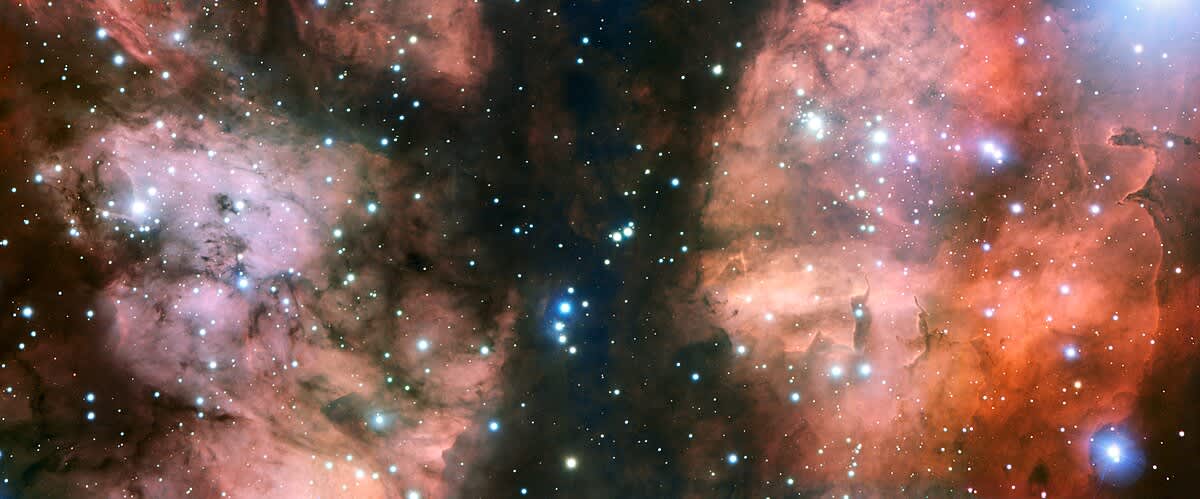James Webb Space Telescope captured stunning scene of star birth in Pismis 24 star cluster, captivating everyone

The James Webb Space Telescope (JWST) has captured another stunning view from space. It is of an astronomical phenomenon called Pismis 24, according to BBC Sky at Night Magazine. Pismis 24 is a young star cluster, located inside the Lobster Nebula, situated around 5,500 light-years from Earth. The whole system is embedded inside a constellation named Scorpius. This cluster stands out for Earth from other of its kind, as it is the closest place where star birth is taking place, which is visible from the planet. JWST's observations of this phenomenon can provide experts with new insights regarding the evolution of massive stars from beginning to end.

Features of Pismis 24
The star cluster looks like a starlit mountaintop touched by wispy clouds in the image, according to NASA. Researchers believe the scene captures a cosmic dustscape called Pismis 24 being gobbled up by blistering winds and radiation produced by massive infant stars nearby. The stellar nursery is a rare opportunity for astronomers to see the lifecycle of massive stars from such proximity. The low distance between Earth and Pismis 24 allows astronomers to determine several properties of hot stars forming in the nursery as well as understand how they came into being. In the image Pismis 24-1, a part embedded in the heart of Pismis 24 is also visible.
What is Pismis 24-1?
Pismis 24-1 is located in a clump of stars, present at the top of what looks like the jagged orange peaks. In the image, Pismis 24-1 appears as a single massive star. The tallest spire in the photo seems to be pointing at this clump. At one point in time, the heart of Pismis-24 was deemed the largest star in space. Later on, Pismis 24-1 was found to be composed of two stars, though this feature is unclear in the image. These two stars measure around 74 and 66 solar masses, and individually rank as one of the most luminous stars in the universe.
Image Captured by JWST
The star cluster was photographed using JWST's NIRCam (Near-Infrared Camera). Thousands of stars in the nursery were looking like jewels. It was evident that these stars are diverse and exhibit varying sizes and colors. The largest ones in the collection stand out due to six-point diffraction spikes. The smaller members appear in white, yellow, and red colors, depending on their stellar nature and the quantity of dust enveloping them. The photo also revealed thousands of stars located behind the Pismis 24. The radiation and wind produced by nearby hot stars are supposedly making a cavity in the wall of the star-forming nebula. Only certain portions of this nebula appear in the photo.

In the image, ionized gas is flowing from the ridges of the nebula, and a collection of gas and dust, specifically illuminated by starlight, is moving around the peaks. There are also several spires rising out of the glowing wall of gas, which seem to be standing tall even in the face of radiation and strong winds. The forces sculpting these spires are responsible for creating new stars. The tallest spire in this collection appears to measure around 5.4 light-years from top to bottom.
The hydrogen ionized gas heated by the massive young stars is represented by cyan, and dust molecules are showcased in orange. The denser the gas, the darker its red shade. The densest gas of the lot is reflected by black, as it seems not to be emitting any light. The white colored feature in the photo appears to be astronomical dust and gas, which are scattering the starlight. NASA has also released two videos for more expansive observations.